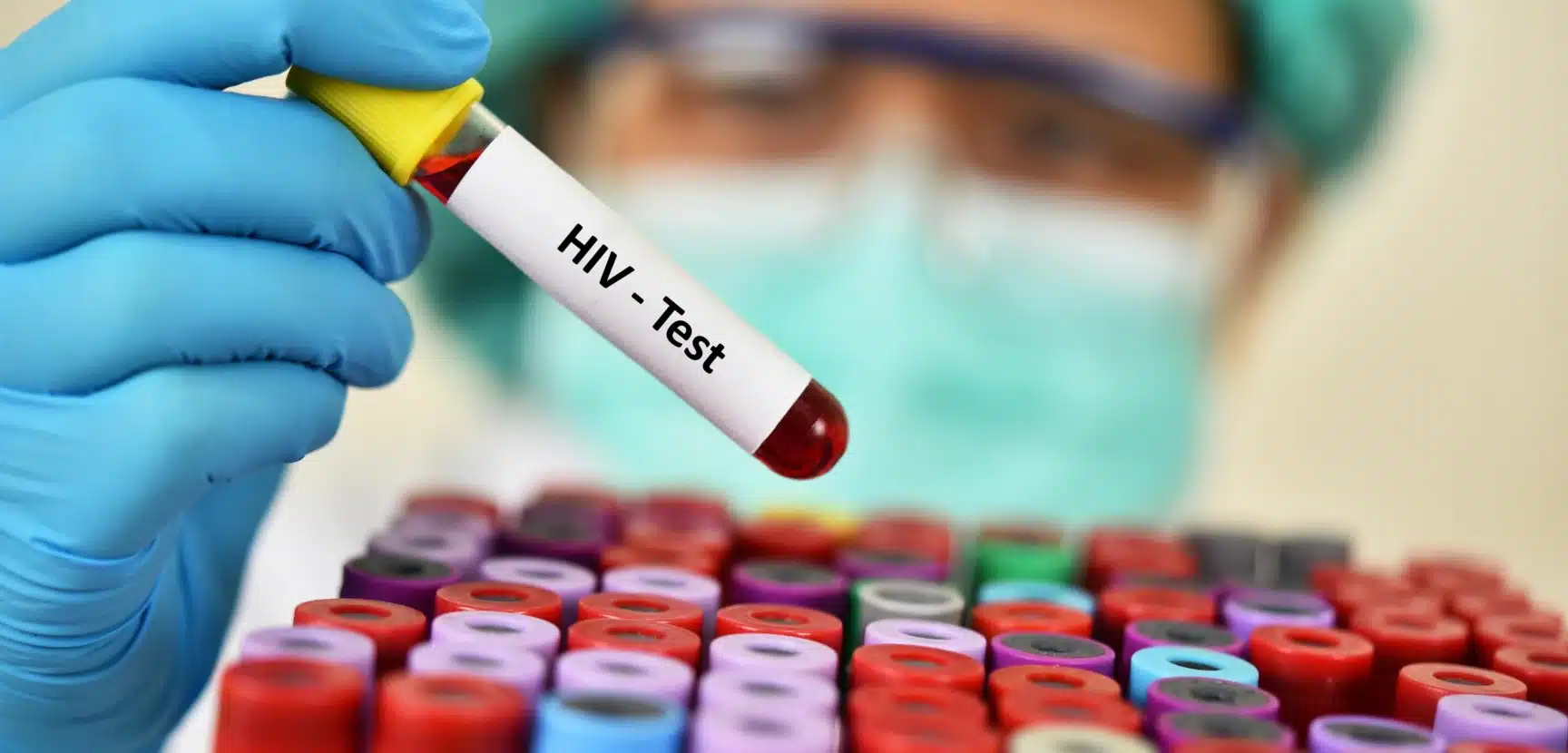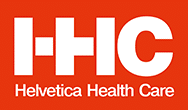Seroconversion Panels vs. Standard HIV Tests: What's the Difference?

HIV is a worldwide health concern impacting millions of individuals. This virus attacks the immune system of the body, especially the CD4 cells, which are vital for battling illnesses and infections. In the absence of appropriate care, it may result in acquired immunodeficiency syndrome (AIDS), a disorder in which the immune system deteriorates to a dangerous degree, increasing a person’s vulnerability to infections and several types of cancers.
Achieving effective management of HIV and stopping its transmission requires early diagnosis and response. A vital part of this process is HIV testing, which gives people access to the right care and support services as well as information about their status.
Seroconversion panels are available to allow Healthcare practitioners and manufacturers to compare different HIV testing procedures. Healthcare practitioners can gain vital insights into the evolution of the disease and available treatment choices by using these panels, which are intended to identify HIV infection during different phases of the infection and compare the performance of different tests.
The Seroconversion panels are composed of unadulterated human plasma, serially collected throughout disease progression. Collected in 4% sodium citrate, the panels are ready to use and characterized with analytical data for comparison across a range of different tests.
Through this article, Helvetica Health Care (HHC) aims to examine the differences between seroconversion panels and standard HIV tests, stressing their distinct functions in HIV diagnosis and treatment.
What is Seroconversion?
Seroconversion is the period when the body begins to produce detectable amounts of HIV antibodies. This normally happens several weeks after you catch the infection. During seroconversion, a person may have flu-like symptoms like fever and muscle aches. Anyone concerned about HIV exposure should get tested. If the result is positive, the individual must undergo a follow-up test for confirmation. If the result is negative, the individual may choose to schedule another HIV test, especially if the first was taken before seroconversion.
To learn more about the SIGNS OF SEROCONVERSION AND HOW TO AVOID HIV, please read our previous article.
What is a Seroconversion Panel?
A seroconversion panel is intended to study HIV infection from the seroconversion phase and follow the course of infection, from the start of the infection and the emergence of noticeable antibodies in the blood. Usually conducted over several weeks or more, seroconversion panels study different tests to compare performance and show the change from HIV-negative to HIV-positive status.
With over 160 different high-quality SEROCONVERSION PANELS available, HHC offers a comprehensive line of Seroconversion Panels for the detection of asymptomatic donors infected with HIV, HCV, HBV ZIKA and EBV. All Panels are run on a variety of different diagnostic kits to measure relevant markers of Seroconversion.
We also offer SURVEILLANCE PANELS and LONGITUDINAL PANELS. In addition, our range of SEROLOGICAL CONTROLS, the SeraCon Run Controls, are intended to assess the performance of immunoassay test procedures for the qualitative determination of HBsAg, anti-HIV, and anti-HCV.
How does a Seroconversion Panel differ from a Standard HIV Test?
Unlike a standard HIV test, which identifies HIV antibodies or antigens in a single blood sample, a seroconversion panel allows a sequential study of antibody development across the window period and throughout disease progression.
Why is the Seroconversion Period Significant?
During the crucial seroconversion phase, which occurs soon after HIV infection, the virus multiplies quickly, increasing the viral load and triggering the immune system to produce antibodies. Early intervention and therapy can greatly affect the management of the disease and the rates of transmission if HIV is detected within this window.
What are the Benefits of Using a Seroconversion Panel?
Early Detection: The use of Seroconversion panels can identify which commercially available tests are sensitive enough to detect early infection of HIV. Treatment and intervention can begin earlier if seroconversion is detected inside the window period.
Accuracy: The panels are made from unadulterated plasma, aliquoted into 1 mL samples and kept frozen to maintain the integrity of the panel. Other than final rimming of the sample to remove insoluble materials, donor plasmas are not processed, filtered or defibrinated prior to dispense and storage in a Biorepository.
Monitoring Disease Progression: Many panels span a collection period of 100 days or more to follow the complete progression of the disease.
Seroconversion Panels are intended for use as research materials for the development and manufacturing of diagnostic assays and QC reagents for validation purposes.
What are the components of a Seroconversion Panel?
Normally the Seroconversion Panel data shows the results of different antigen and antibody tests conducted at specified intervals during disease progression. These tests may include enzyme immunoassays (EIAs), rapid tests, and nucleic acid tests (NATs), each serving a distinct purpose in monitoring HIV progression.
How do Seroconversion Panels Compare in Terms of Accuracy?
Seroconversion Panels are made of actual patient samples so can show which commercially available tests detect antibodies at various stages of infection, particularly in the early stages. These panels can track the evolution of HIV antibodies over time while also providing healthcare clinicians with crucial insights into the relative performance of different assays.
Final Words
Seroconversion Panels are a very important tool for HIV testing technology. By learning the comparative differences in performance between different HIV tests, individuals can make better judgments about their HIV screening needs and which kits to use.
It is normally advised that adults aged 13 to 65 take at least one HIV test, if you have been exposed to HIV. If the initial result is negative, perform another test. Home testing kits that yield findings in 20 minutes are available and can assure confidentiality, but it is strongly recommended a laboratory-performed test, such as an ELISA followed up by a Western Blot should always be performed to validate them.
Accurate testing necessitates high-quality controls and panels that deliver the best results for your patients and protect your lab’s reputation. Contact Helvetica Health Care today to see how we can assist in providing crucial HIV-related diagnostic services using the most effective panels available.
